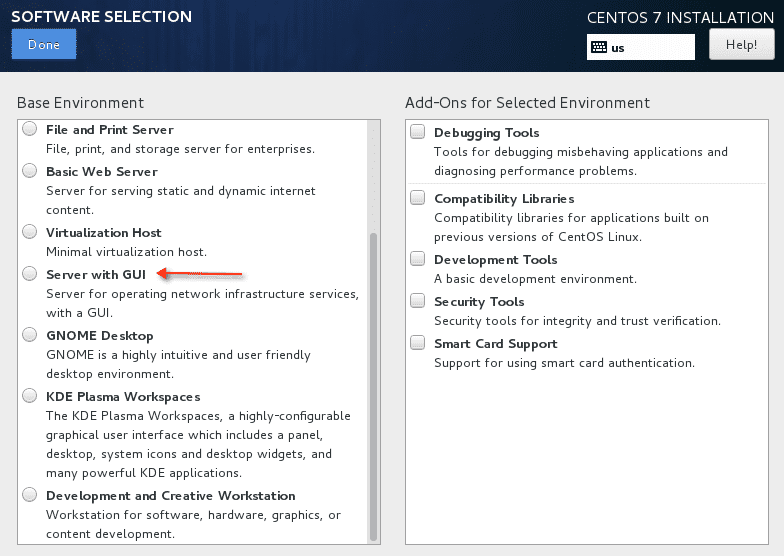- Docker Install Redhat 6
- Docker Install Redhat
- Install Docker Redhat Without Yum
- Docker Install Redhat 7
Docker Install Redhat 6
I installed Docker in my machine where I have Ubuntu OS. When I run: sudo docker run hello-world All is ok, but I want to hide the word sudo to make more short the command. If I write the command. Docker images are pulled from docker cloud/hub such as docker.io or registry.access.redhat.com and so on. Type the following command to verify that your installation working: docker run hello-world. UPDATE: Read the new article “How to run systemd in a container” for the latest information. I have been working on Docker for the last few months, mainly getting SELinux added to help CONTAIN Containers. Libvirt-sandbox – virt-sandbox-service For the last couple of years I was working on a different container technology using libvirt-lxc, in. Uses Docker Hub to distribute pre-compiled versions of OpenFOAM for Linux, Mac OS X and Windows, including a complete development environment. Docker containers enable binaries compiled on a given Linux environment to be run on other platforms without any performance degradation.
RPM Installation


For openSUSE users, OpenCFD Ltd. is working with the community SciencePortal and the build service to provide OpenFOAM as precompiled RPMpackages.
Simply go to the download pagehttps://software.opensuse.org//download.html?project=science&package=openfoam2006and follow the instructions there.
If you already have the Science repository registered on your system, youshould be able to install it directly with dnf (Fedora) or zypper (openSUSE) orwith graphical tools such as YaST2.
Note that the science repository also includes the latest versions of scotch andParaView for using with OpenFOAM.
Up-to-date information can be found on our wiki page.
Fedora, RedHat
For RedHat-based systems, OpenCFD Ltd. current uses the copr infrastructure toprovide RPM packages. These pre-compiled packages leverage standardcomponents available from EPEL (Extra Packages for Enterprise Linux) and someelements of PowerTools as well.
Up-to-date information can be found on our wiki page.
Ubuntu
For Debian/Ubuntu, OpenCFD works actively with the Debian (science)maintainers to improve the packaging, but also provides its own early-releaserepository.
Up-to-date information can be found on our wiki page.
Docker
OpenCFD Ltd. uses Docker Hub to distribute pre-compiled versions ofOpenFOAM for Linux, Mac OS X and Windows, including a completedevelopment environment.
Docker containers enable binaries compiled on a given Linux environment tobe run on other platforms without any performance degradation. Docker alsooperates on Windows and Mac OS X wrapped in a light-weight VirtualBox.
An image of OpenFOAM contains binaries and source code. The Dockerenvironment provides:
- A complete development environment to compile local modifications and create executables.
- A consistent behaviour of the OpenFOAM across all platforms
Check if your (Linux or Windows or Mac OS X) system is supported by visitinghttps://docs.docker.com/engine/installation/
Installing Docker
Docker is available in two editions: Community Edition (CE) and EnterpriseEdition (EE). For installing and running the OpenFOAM image, the CommunityEdition is sufficient. Please see:
Docker Install Redhat
https://docs.docker.com/engine/installation/
Installing and running OpenFOAM
- Make sure the user is in the group ‘docker’. This can be checked with The list of groups should include docker.
- Make sure the Docker daemon is running:
- Download the following scripts from the release instructions and put them in a local directory (e.g. home directory)
- Make the install script executable
- Download and create the Docker container for OpenFOAM by executing the first script
- This only needs to be done once per login. The first ever invocation will download the whole OpenFOAM installation so might take some time to finish. Any future invocations will take a few seconds only.
- Make the start script executable
- Start the Docker container with the second script:
- This will open a new shell with the OpenFOAM environment fully installed and ready to use, e.g.mkdir -p $FOAM_RUN
run
cp -r $FOAM_TUTORIALS/incompressible/icoFoam/cavity/cavity .
cd cavity
blockMesh
icoFoam - All user files inside the Docker environment are available on the host inside the home directory.
Install Docker Redhat Without Yum
Frequently Asked Questions on Docker
Docker Install Redhat 7
- Is there any performance degradation when running via Docker?
No performance penalties are expected. On Linux, OpenFOAM inside Docker should run as fast as natively compiled code. On Windows and Mac OS X there may be a slight performance penalty associated with I/O. - How do I check if the OpenFOAM image has been downloaded correctly?
Type the command to show the images available in Docker environment, e.g.REPOSITORY TAG IMAGE ID CREATED VIRTUAL SIZEIf you receive an error message about not being able to contact the Docker daemon check that
openfoamplus/of_v1706_centos73 latest 88d542266184 4 hours ago 1.574 GB- the Docker daemon is started at boot time
- the user account is in the group ‘docker’
- Where are my files?
The user files inside Docker are visible (i.e. mounted) in your home area and can be operated on just like any other file. - Why doesn’t paraFoam display?
- Make sure that your machine’s software is fully up-to-date. See if you can start a simple X-windows, non-graphics program, e.g.: xterm If this does not come up there may be a problem with the xhost access to the host screen. This is one of the steps inside the startOpenFOAM script.
- An alternative remedy is to install the native ParaView version for your system, and use the built-in OpenFOAM reader and/or OpenFOAM data conversion tools.
- How do I run parallel?
Same as any other OpenFOAM installation, e.g.: mpirun -np 2 icoFoam-parallel - How do I run parallel on multiple computers?
This is not trivial inside the Docker environment. Also you might want to include optimised communication libraries (MPI) so it probably makes more sense to perform a native compilation. - How do I compile code?
The Docker environment contains a full OpenFOAM development environment so all Allwmake, wmake, wclean etc. commands work (it is running the actual environment OpenFOAM was compiled in!) - What does installOpenFOAM do?
It downloads the OpenFOAM image from the Docker Hub and creates a specialised container. This container- mounts the home directory of the user with read/write access
- optionally channels the graphics
- sets up the OpenFOAM environment.
The image itself was created from CentOS 7.3. If you wish to install any additional tool in your docker container, start it as usual via the startOpenFOAM script, login as root with the password openfoam and use e.g. yum.
- I still have questions...
The Docker route to OpenFOAM is new and still being refined. It you have comments/tips please mail them to: docker (at) opencfd.co.uk.
